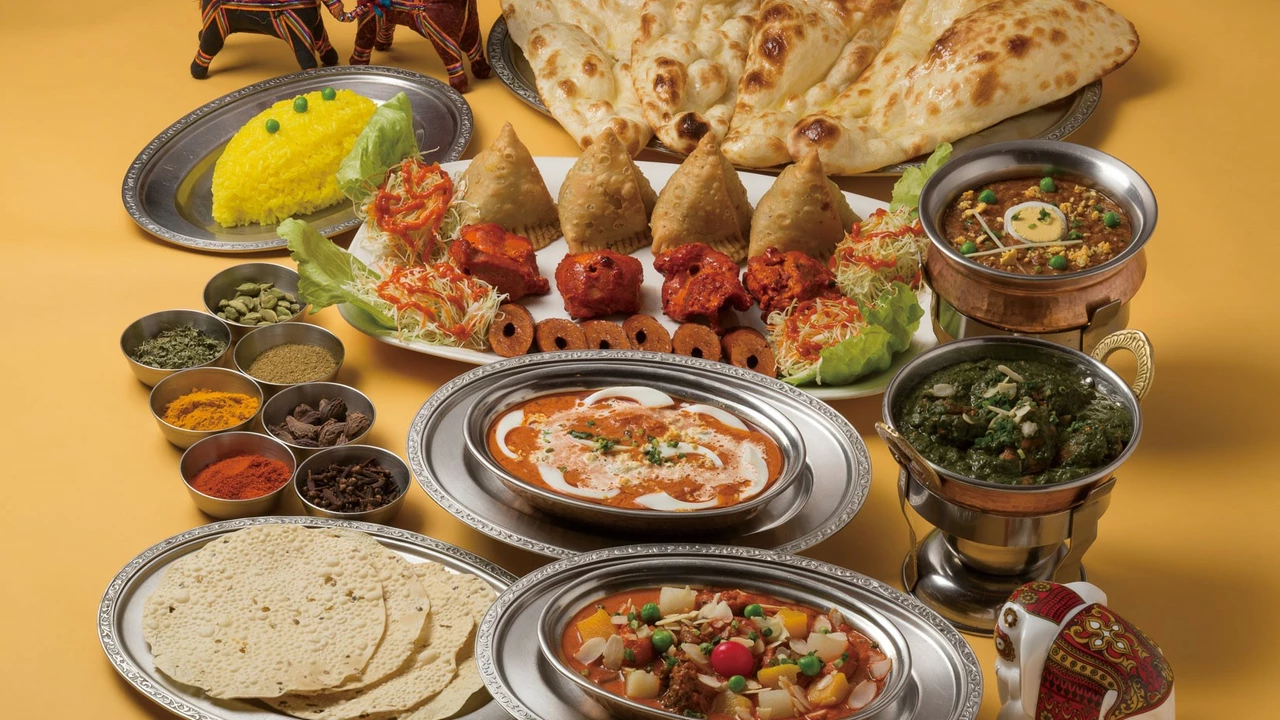Cultural Cuisine Differences: Why Food Tastes So Different Across Regions
Ever wondered why a curry in India feels worlds apart from a stew in Mexico? The answer lies in the mix of history, climate, religion, and everyday life that each place brings to the kitchen. Let’s break down what drives those tasty differences and how you can taste them for yourself.
Key Factors Behind Culinary Variation
First up, climate. Warm regions grow spices, tropical fruits, and fresh herbs, so dishes often burst with bright, bold flavors. Cold zones rely on preserved foods, hearty grains, and fatty meats to keep people warm. That’s why Swedish meatballs use lingonberries while Thai dishes splash chili and lemongrass.
Second, history. Trade routes, colonisation, and migration bring new ingredients and cooking tricks. The Portuguese introduced chilies to India, and the British brought tea to many colonies. These exchanges create hybrid dishes you’ll find in places like Goa or the Caribbean.
Religion also leaves a mark. Hindu and Buddhist traditions avoid beef, leading to creative veggie recipes in India and Nepal. In Muslim‑majority countries, pork disappears and halal methods shape how meat is prepared. Understanding these rules helps explain why you’ll see fish in many Middle Eastern meals but rarely pork.
Lastly, everyday life matters. Rural families often cook with what’s on hand—local grains, seasonal veggies, and simple tools. Urban dwellers might use modern appliances and global ingredients. That split shows up in street‑food stalls versus upscale restaurants.
How to Experience Different Cuisines
Want to taste the world without a passport? Start with your local market. Look for unfamiliar spices like za'atar, berbere, or asafoetida and try a quick recipe at home. Swapping one ingredient for a local alternative can give you a glimpse of another culture’s flavor profile.
Next, visit ethnic neighbourhoods. Many cities have Little Italy, Chinatown, or a South Asian bazaar where you can watch chefs work and ask about the dishes. Asking “Why do you use this spice?” often opens a short story about history or family tradition.
Don’t forget food festivals. Events that celebrate regional foods usually offer small tastings, cooking demos, and talks from chefs. It’s a low‑commitment way to sample several cuisines in one day.
When you eat out, be bold. Order the house special, even if you can’t read the name. Ask the server for a less spicy version if needed. Most places are happy to adjust the heat level or explain the ingredients.
Finally, keep a simple food journal. Jot down the dish name, main flavors, and a quick rating. Over time you’ll spot patterns—maybe you love the smoky depth of Mexican chipotle or the sweet‑sour balance of Vietnamese pho. Those notes help you discover which culinary cultures click with your palate.
Understanding cultural cuisine differences isn’t just about food facts; it’s about connecting with people’s stories on the plate. By paying attention to climate, history, religion, and daily life, you’ll see why the world cooks the way it does. And with a few easy steps, you can start tasting that diversity today.
Posted by
Arvind Suryavanshi
0 Comments

Hold your horses, food lovers, for an intriguing culinary showdown! It's India's Naan versus Mexico's Tortilla, and it's a battle like no other! Now, Naan is a soft, fluffy bread, typically cooked in a tandoor or clay oven, and it's a staple in Indian cuisine. Tortillas, on the other hand, are thin, flat pancakes made from corn or wheat and are a Mexican food icon. While both are fantastic dance partners to a variety of dishes, the Indian Naan's heart is more into spicy curries, while the Mexican tortilla is salsa's best amigo. So, folks, while they may seem similar, they are as different as Bollywood and Mariachi bands.
read more